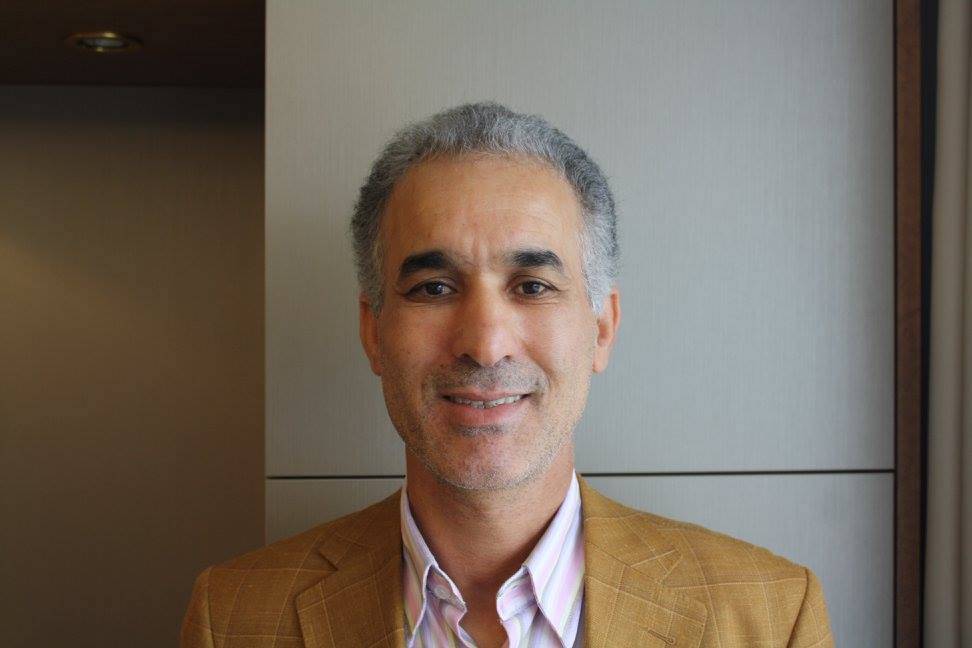At least 44 migrants were killed in Tajoura’s detention centre and more than 140 others were wounded when a rocket hit it in the early hours yesterday. The Tajoura Centre for Combating Illegal Migration, about 22 kilometres east of the Libyan capital Tripoli, is one of several detention centres scattered around the city. At the time of the air strike the centre had about 600 migrants from Sub-Saharan African countries inside, including Sudanese, Somalis and Eritreans. The death toll is likely to rise, since many are critically injured.
The centre is located next to a military warehouse used by one of the militias in Tripoli. The warehouse was targeted in May but the detention centre survived unscathed on that occasion. An eyewitness, speaking on condition of anonymity, told me that the warehouse is one of two locations in the area controlled by Al-Nawasi and Bab Tajoura militias. Both groups are allied to the Government of National Accord (GNA) now battling the Libyan National Army (LNA), which is led by Khalifa Haftar. The LNA is trying to take Tripoli but suffered a major setback when the GNA counteroffensive dislodged its troops from their strategic base in western Libya, the city of Gharyan 100 km south-west of the capital on 27 June. The LNA air force’s Major General Mohamed Al-Manfour, seeking revenge for the loss, declared that, “We will intensify air raids on military targets in Tripoli after all other conventional methods have failed.” The GNA seized on his statement to blame the LNA for the tragedy at the Tajoura detention centre.
Of course this is not the first time that civilians have been killed in the ongoing war which has so far displaced nearly 100,000 people. Hundreds have been killed and thousands more have been injured.
READ: In battle for Libya’s oil, water becomes a casualty
While each side blames the other, there is no way of knowing for certain who was responsible. Nevertheless, the simple fact is that migrants in miserable conditions are innocent civilians caught in the crossfire between warring Libyan parties backed by foreign powers.
The UN Envoy to Libya, Ghassan Salame, condemned the atrocity, saying that it “could constitute a war crime, as it killed innocent people by surprise.” Even if this is a war crime, though, it is highly unlikely that the perpetrators will ever be known let alone brought to account. This is not the first time that migrants have been abused or killed in Libya’s chaos over the past eight years.
![Haftar’s forces kill migrants in Libya - Cartoon [Sabaaneh/MiddleEastMonitor]](https://i0.wp.com/www.middleeastmonitor.com/wp-content/uploads/2019/04/m25-4-2019.jpg?resize=933%2C583&ssl=1)
Haftar’s forces kill migrants in Libya – Cartoon [Sabaaneh/MiddleEastMonitor]
This latest tragedy only highlights the failure of the world, and the European Union in particular, to come up with a workable plan to tackle this “illegal migration”. We need to see a plan that deals with the root cause of the issue in the countries from where the migrants start their journey.
Instead, the EU is doing the opposite. It has downsized its sea rescue missions in the Mediterranean while Italy, where most migrants arrive in Europe, is taking strict measures to deter charity rescue ships from bringing to its ports any more refugees and migrants rescued off Libya. Italy’s right-wing government was elected on an anti-immigration platform and complains of being let down by its EU partners. Just this week, the Italian authorities detained Carola Rackete, the German captain of a rescue ship, accusing her of helping illegal migrants to reach Italy. The EU appears to be more interested in keeping its borders secure than applying any real meaning and action to its rhetoric about human rights, solidarity and migrants’ safety.
Libya: Haftar’s forces target migrant camp
In 2017, Italy’s Interior Minister, Marco Minniti, backed by the EU, enlisted the help of militias in Libya to stem the flow of migrants reaching his country. That deal involved Rome sealing a vague deal with the GNA in which Tripoli would accept the return of any illegal migrants caught trying to reach the EU from Libyan waters. The deal did not provide any protection for those sent back to Libya against their will; once there, they suffer even more at the hands of the militias.
While this policy reduced the flow of people attempting the dangerous sea crossing it was short-sighted, unsustainable in the long term and definitely deceptive. Expecting the GNA to deliver on its commitments to the EU was foolhardy, as the authority itself depends on militias in and around Tripoli. Some of these militias are actually involved in people trafficking across Libya.
The number of people heading for Europe from Libya has been reduced significantly, but only at the expense of the migrants themselves and only for a while. It is bound to rise again as Libya slides deeper into its own turmoil. The country remains part of the problem but could be an essential partner for finding the solution. However, Libya is in chaos, ungovernable, at war and unable to function as a state thanks to what NATO — including EU member states — and others did eight years ago. This stark fact means that more innocent migrants and refugees will suffer and possibly be killed while Libyans are killing each other and the EU sits on the sidelines and watches.
The views expressed in this article belong to the author and do not necessarily reflect the editorial policy of Middle East Monitor.


![A view of the migrant shelter targeted by Haftar’s forces in Tripoli, Libya on July 03, 2019. [Hazem Turkia - Anadolu Agency]](https://i0.wp.com/www.middleeastmonitor.com/wp-content/uploads/2019/07/20190703_2_37181434_45781414-e1562235561475.jpg?fit=1200%2C772&ssl=1)









